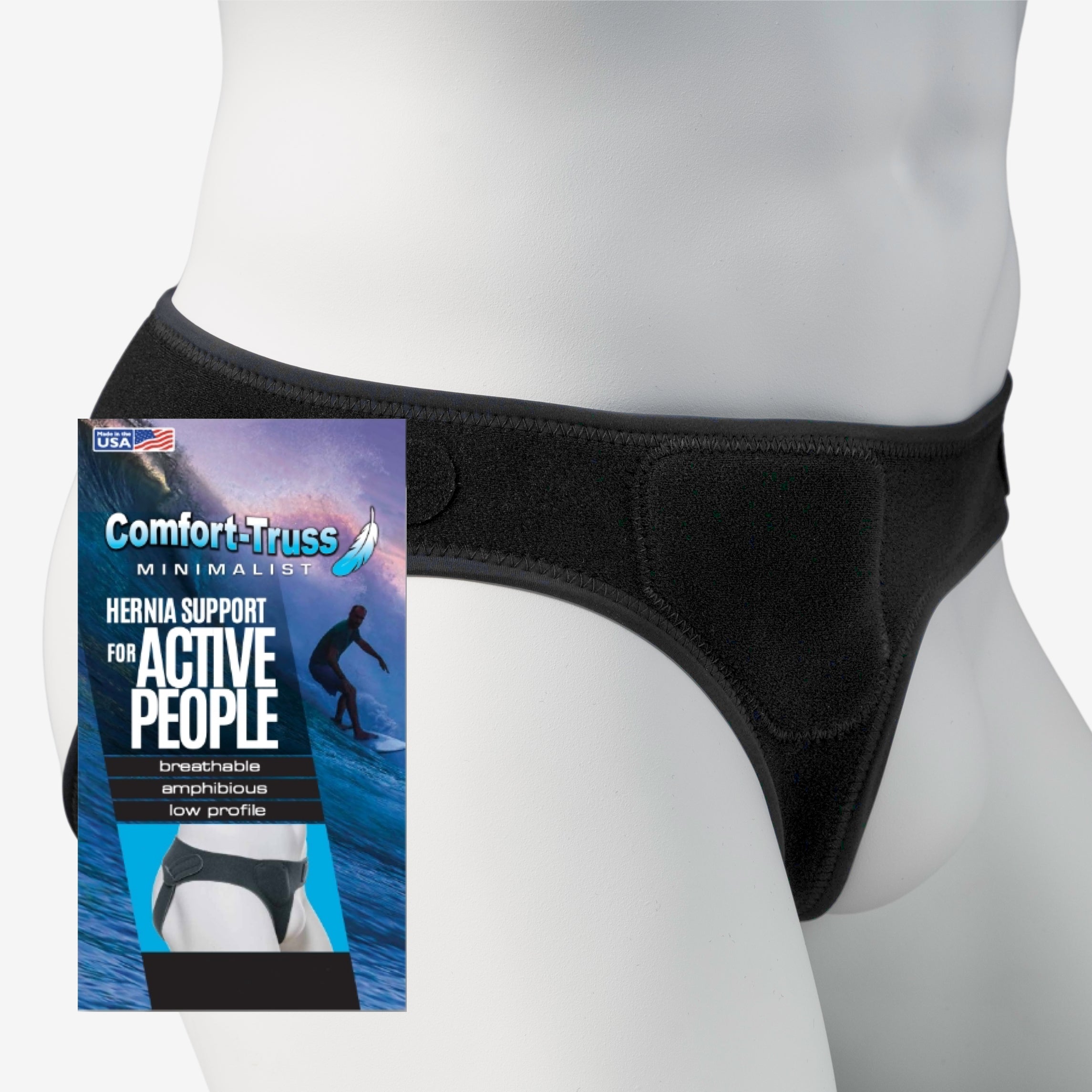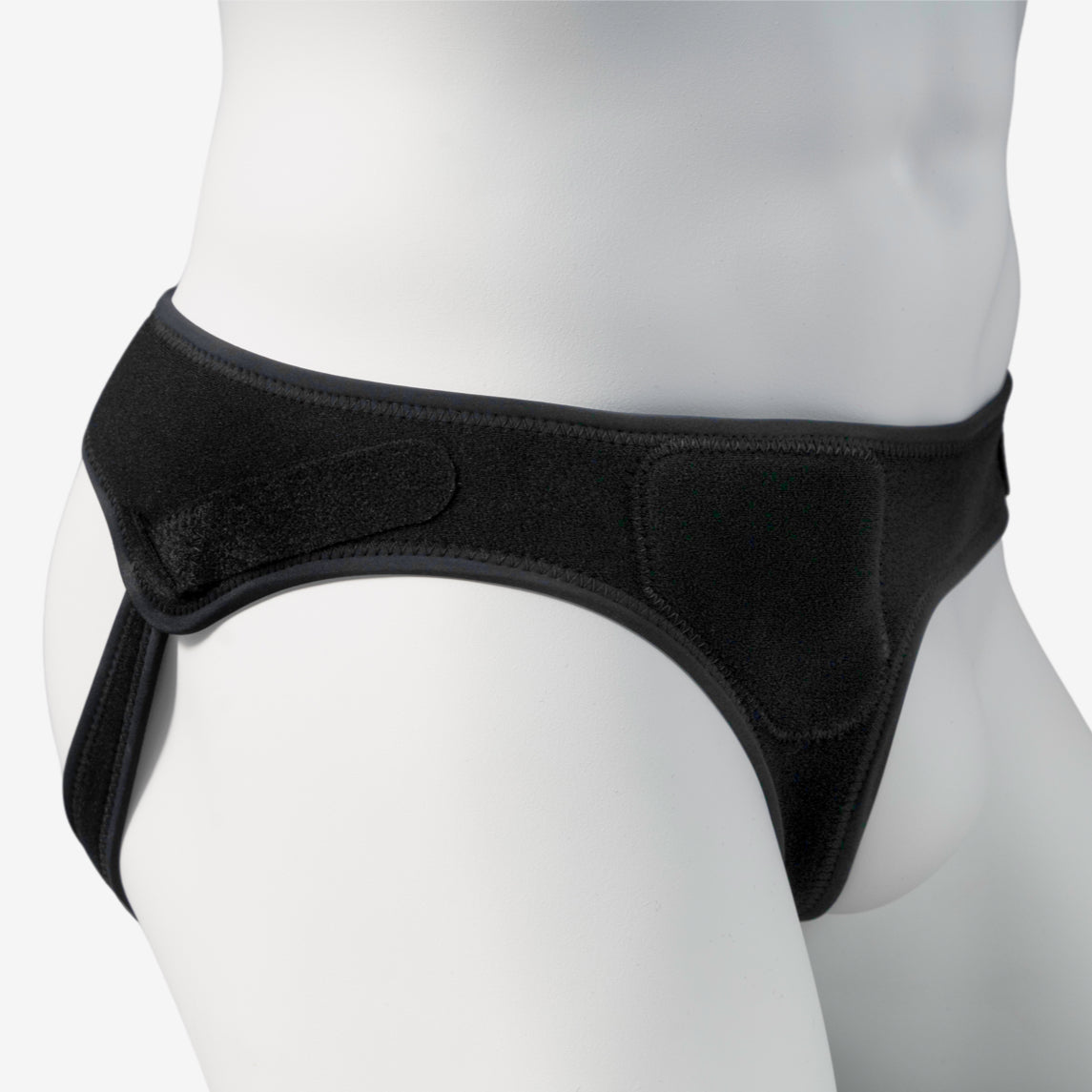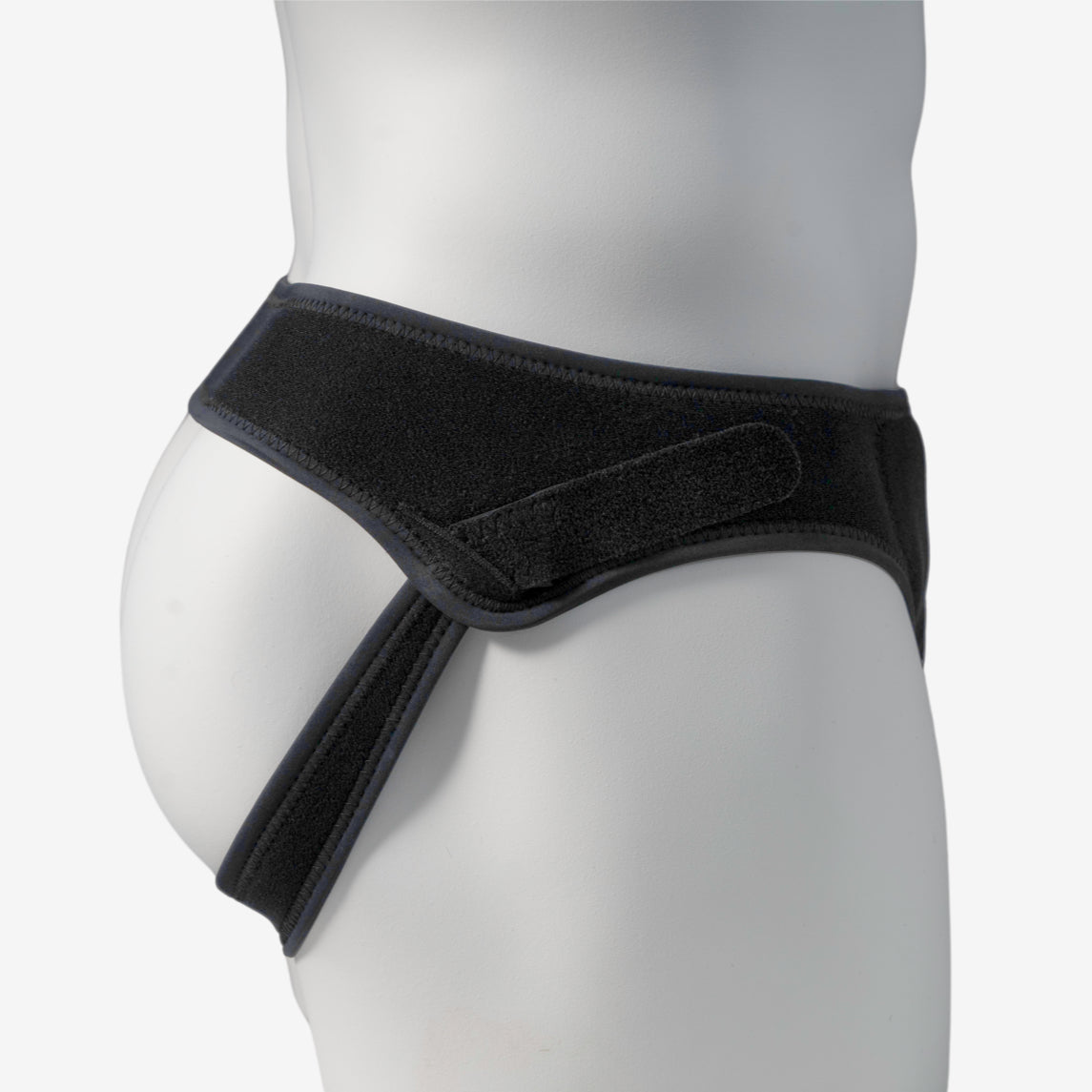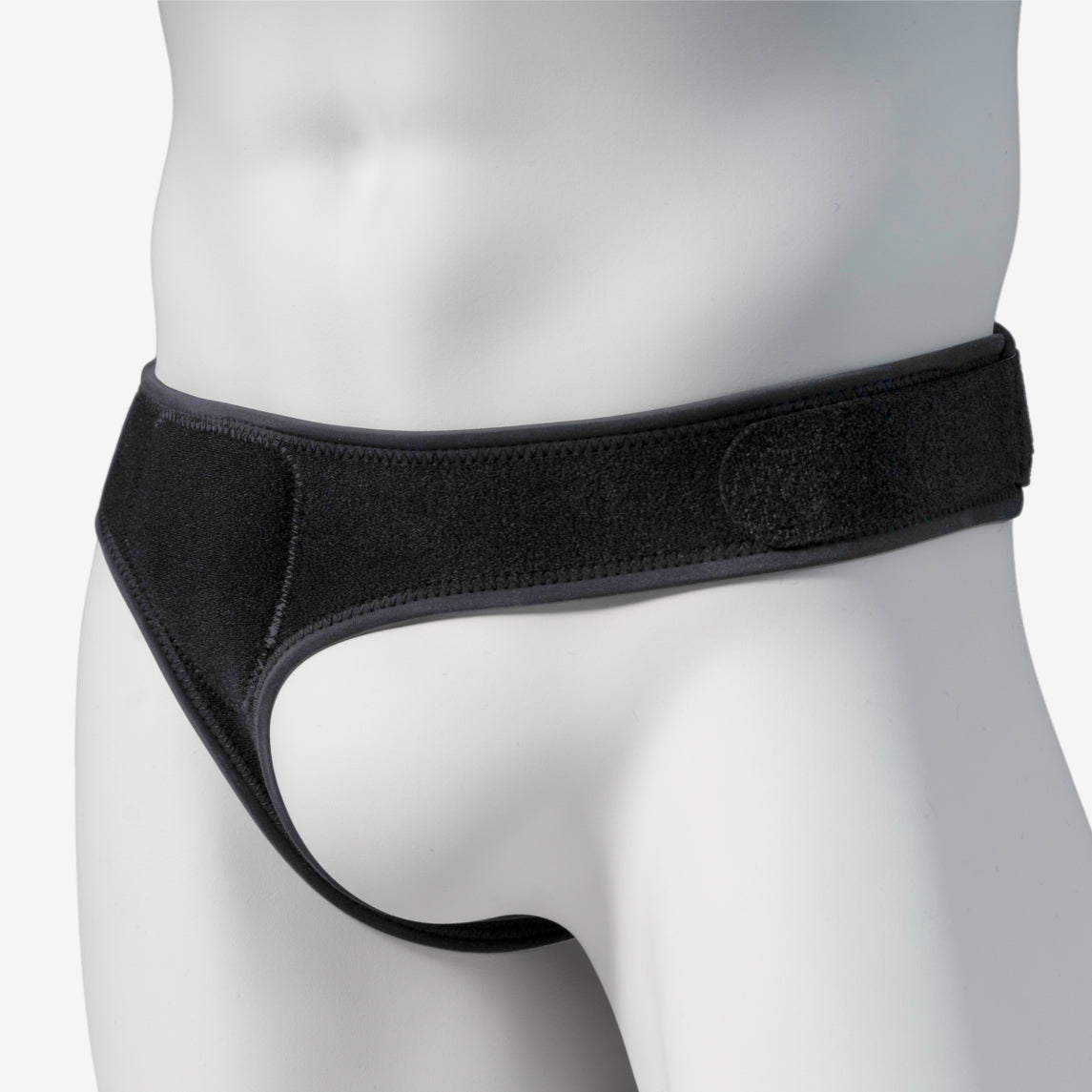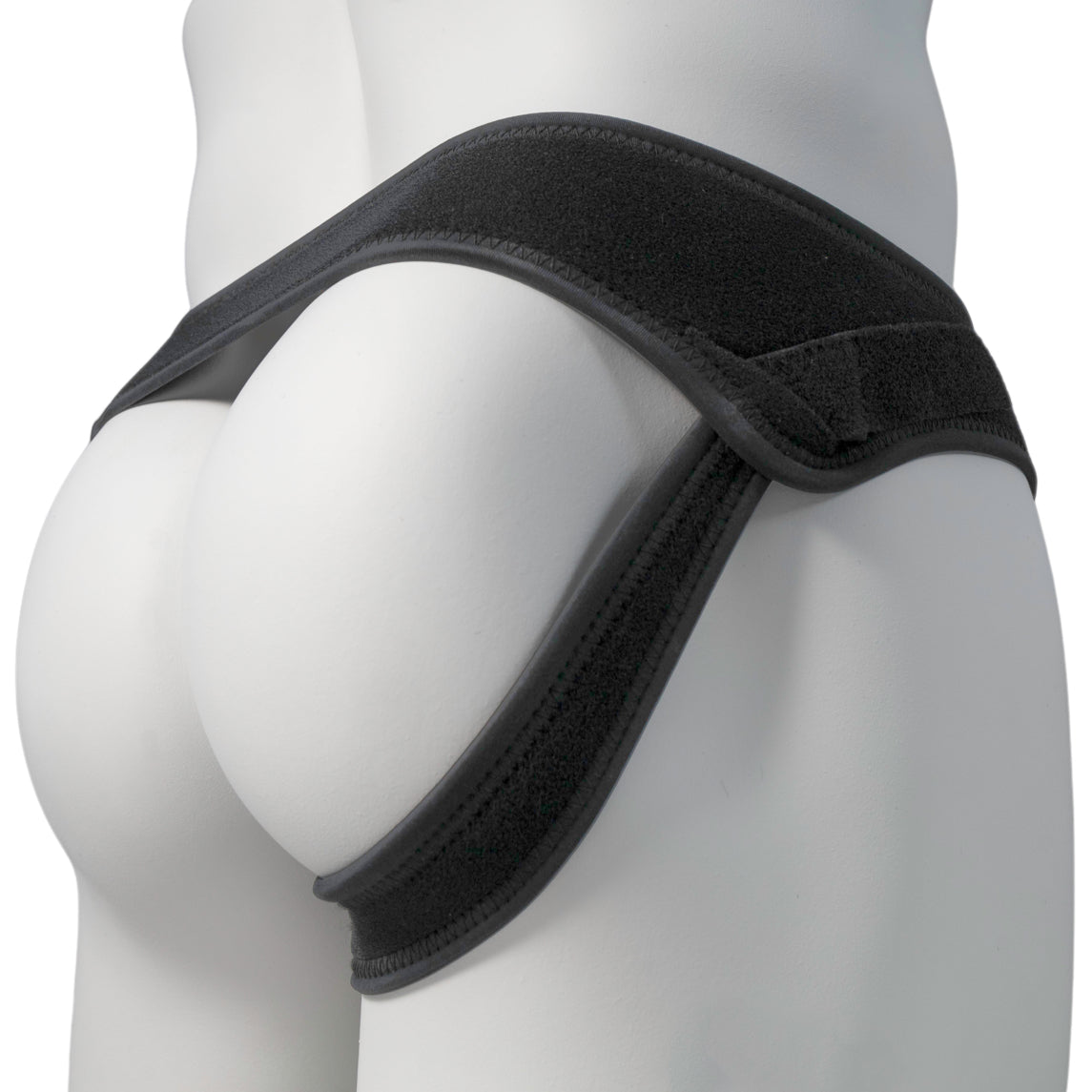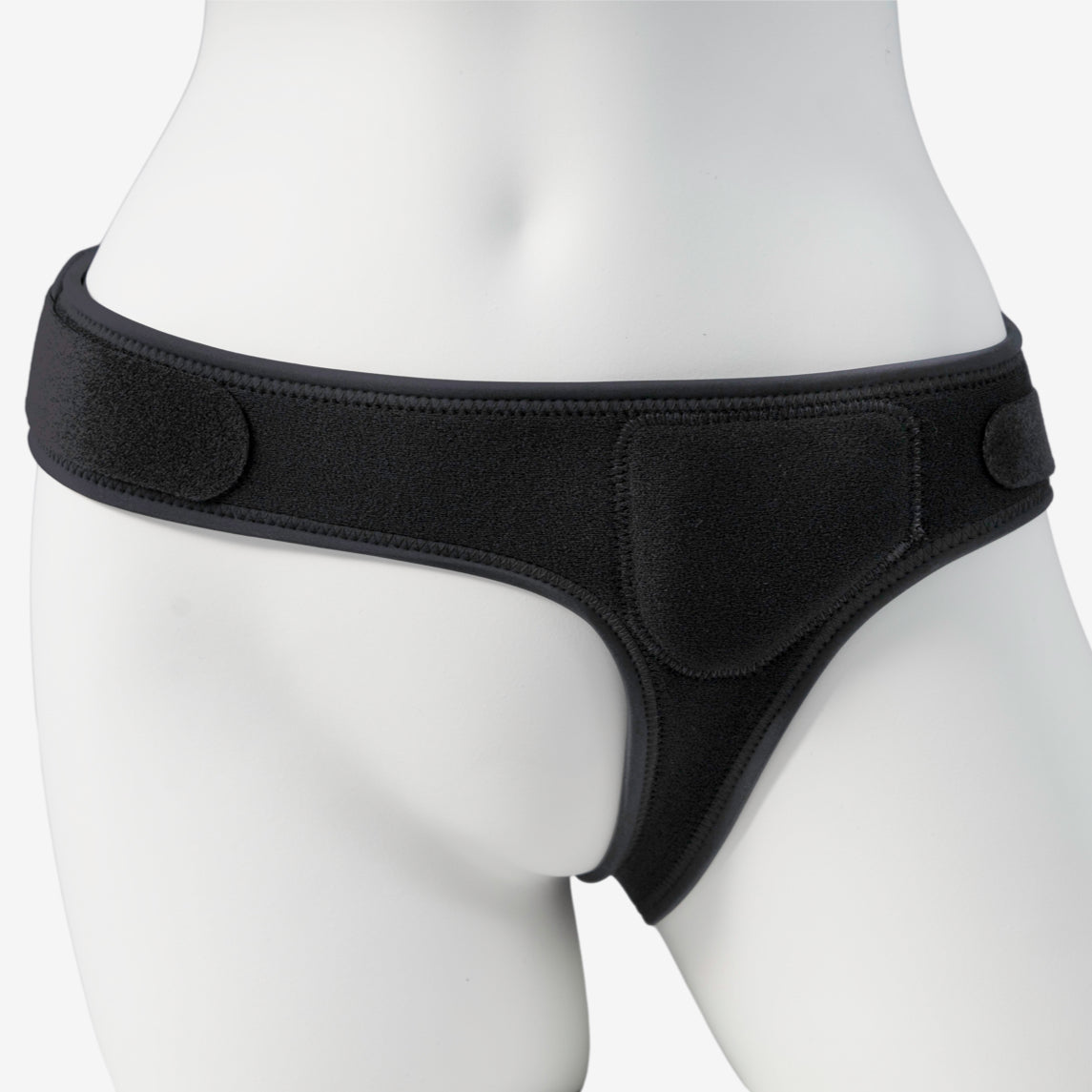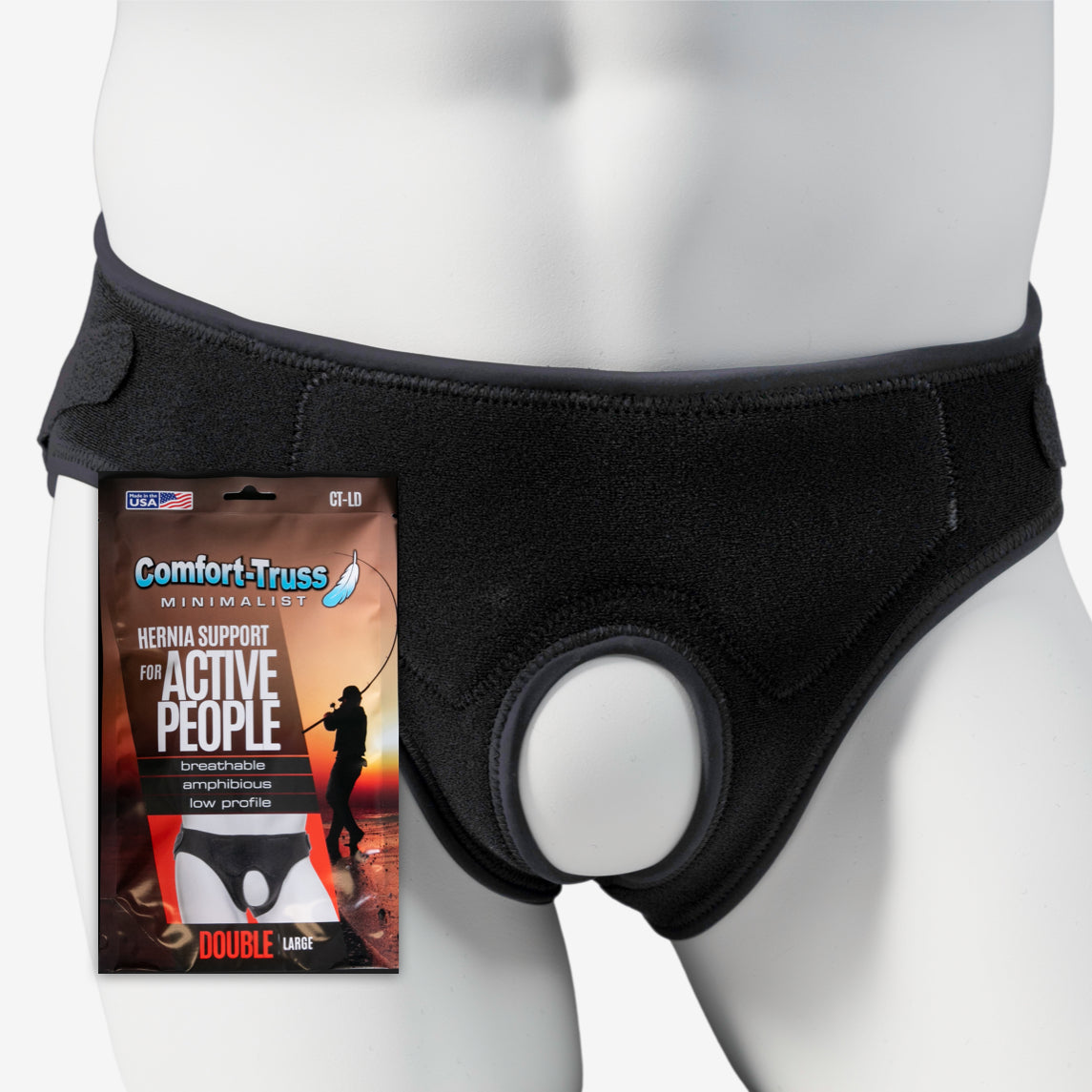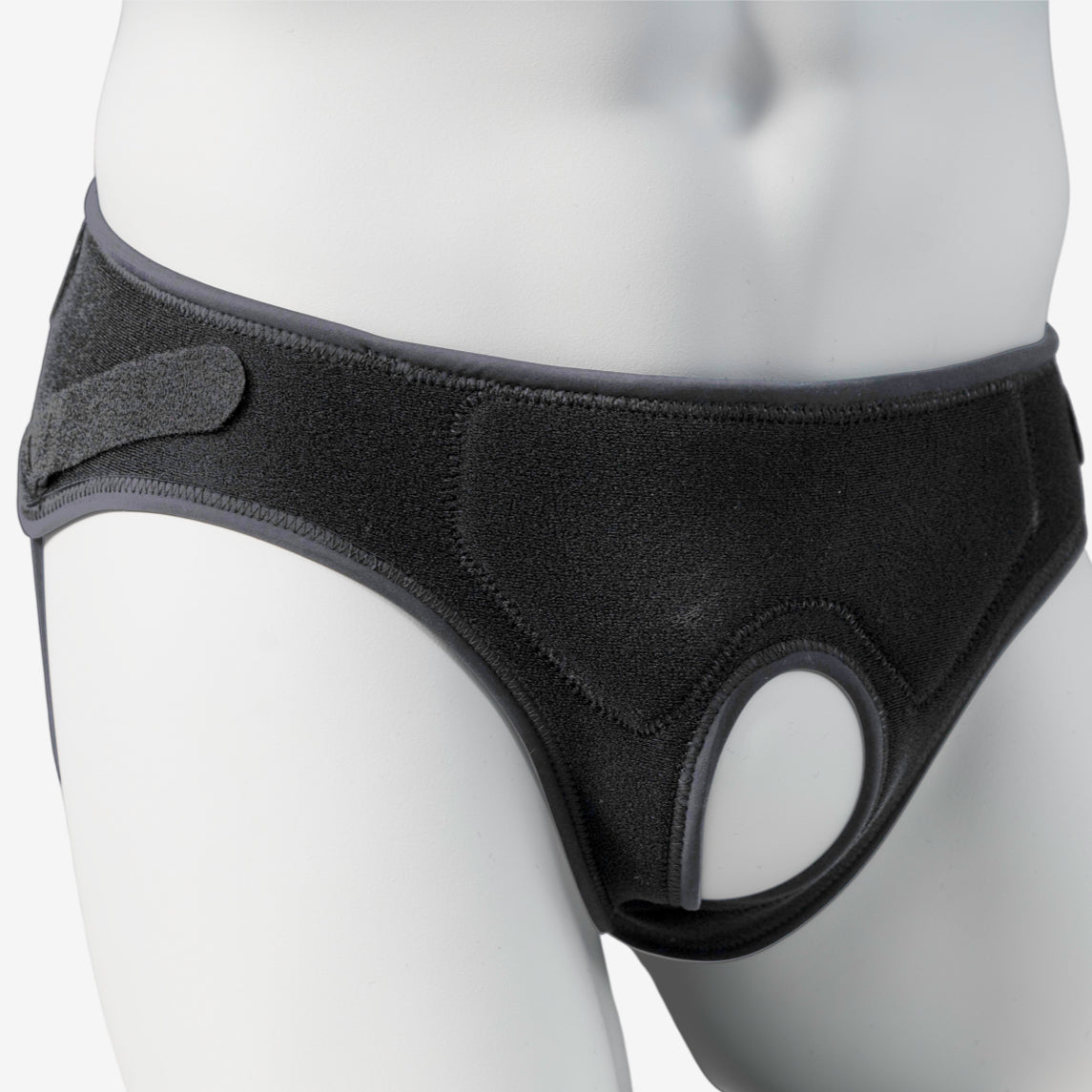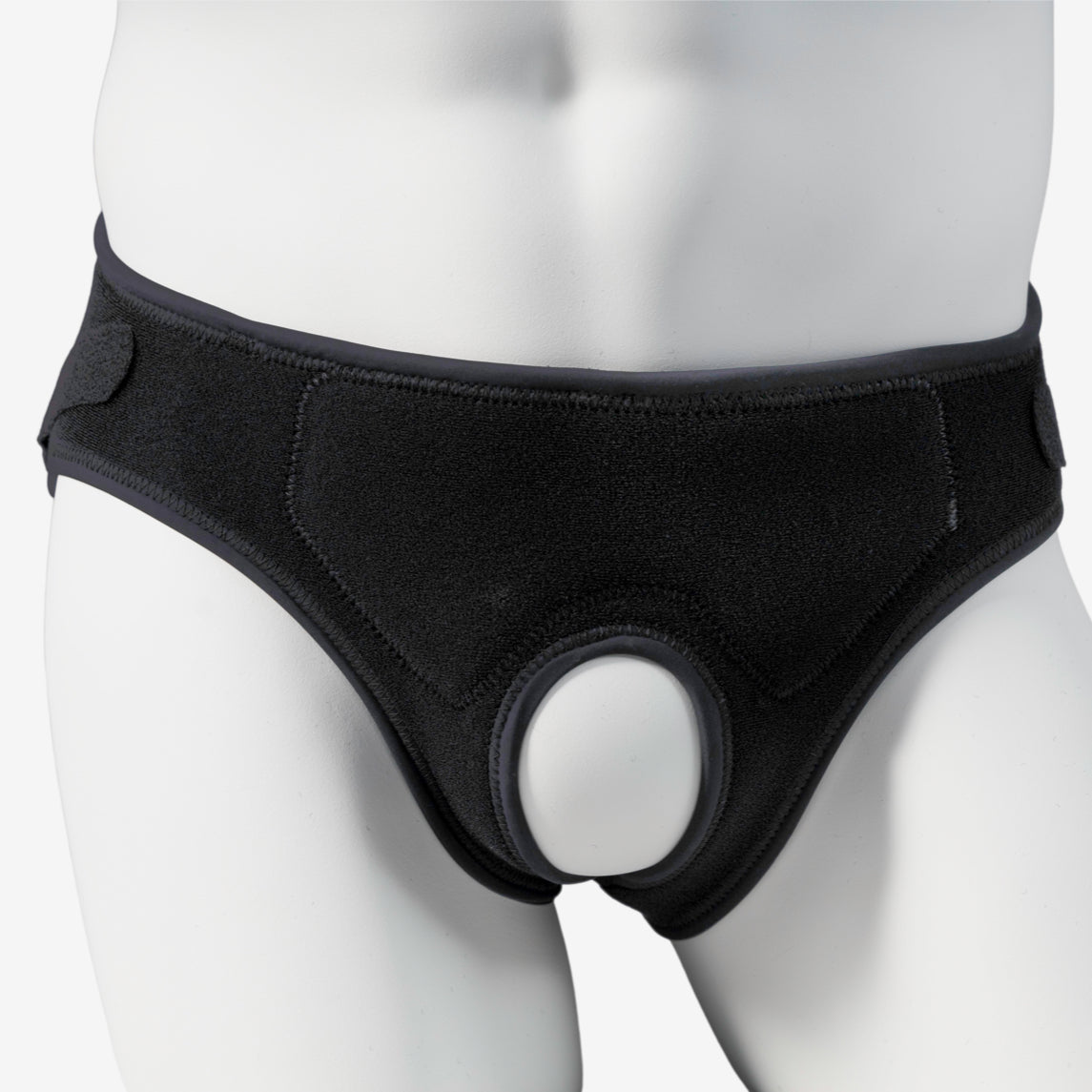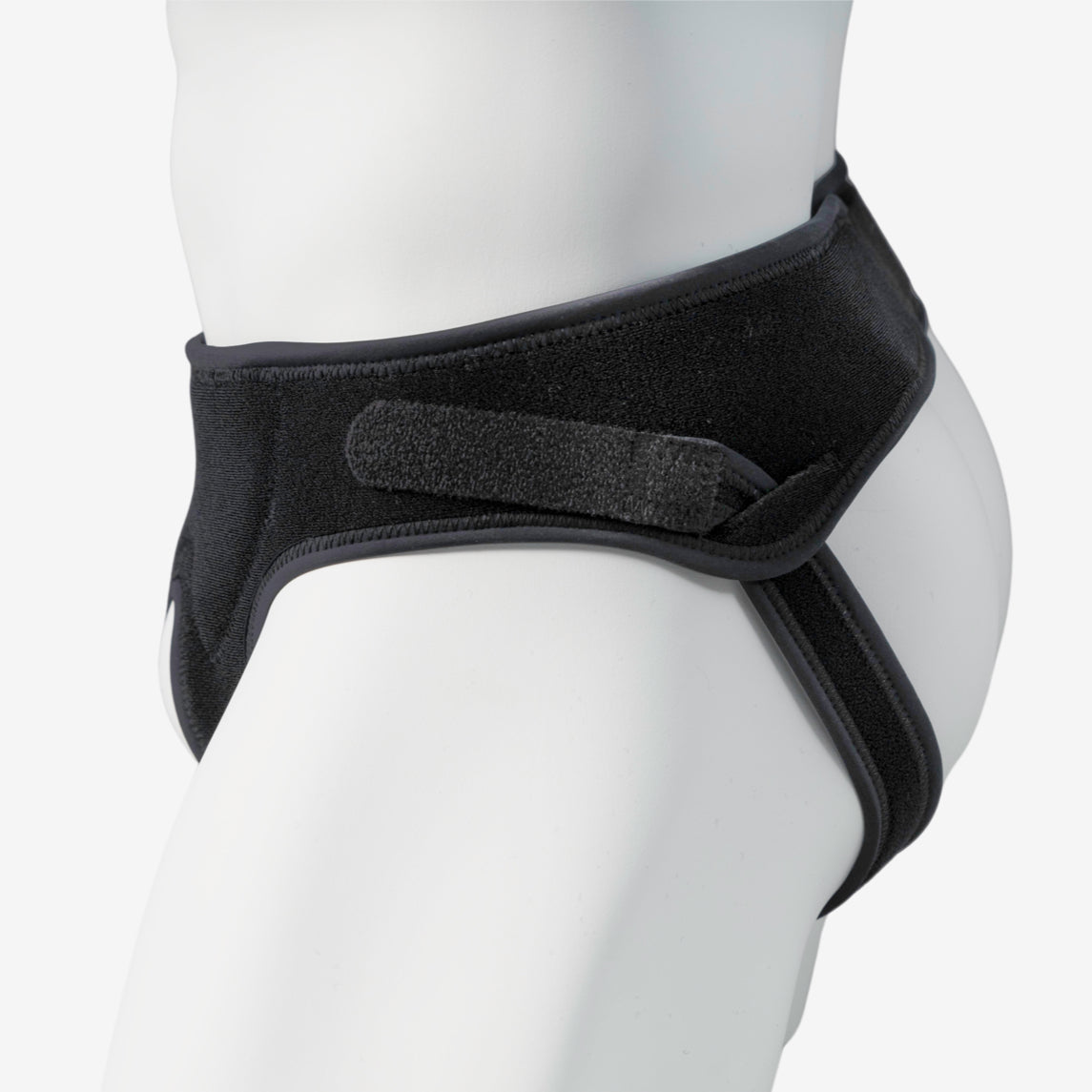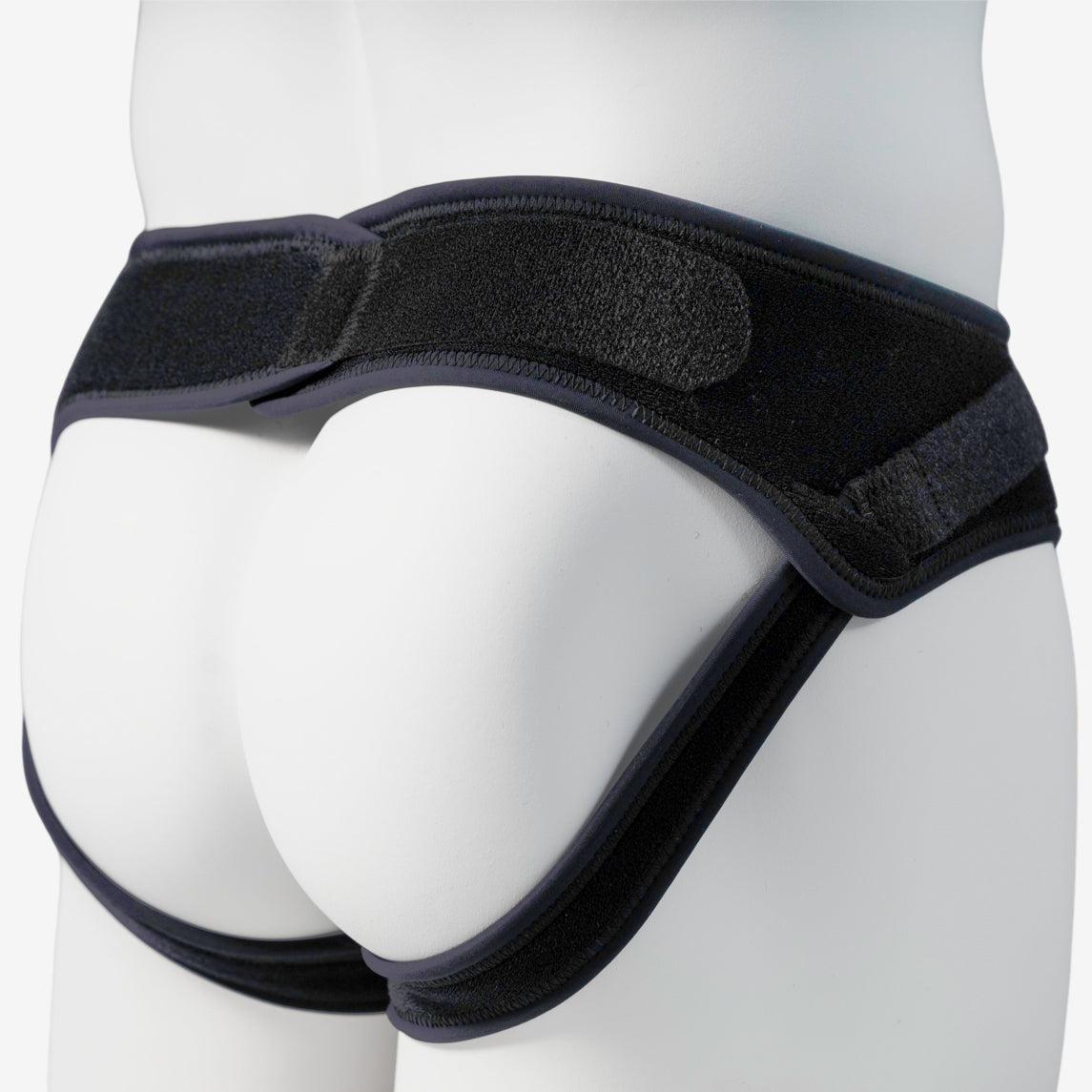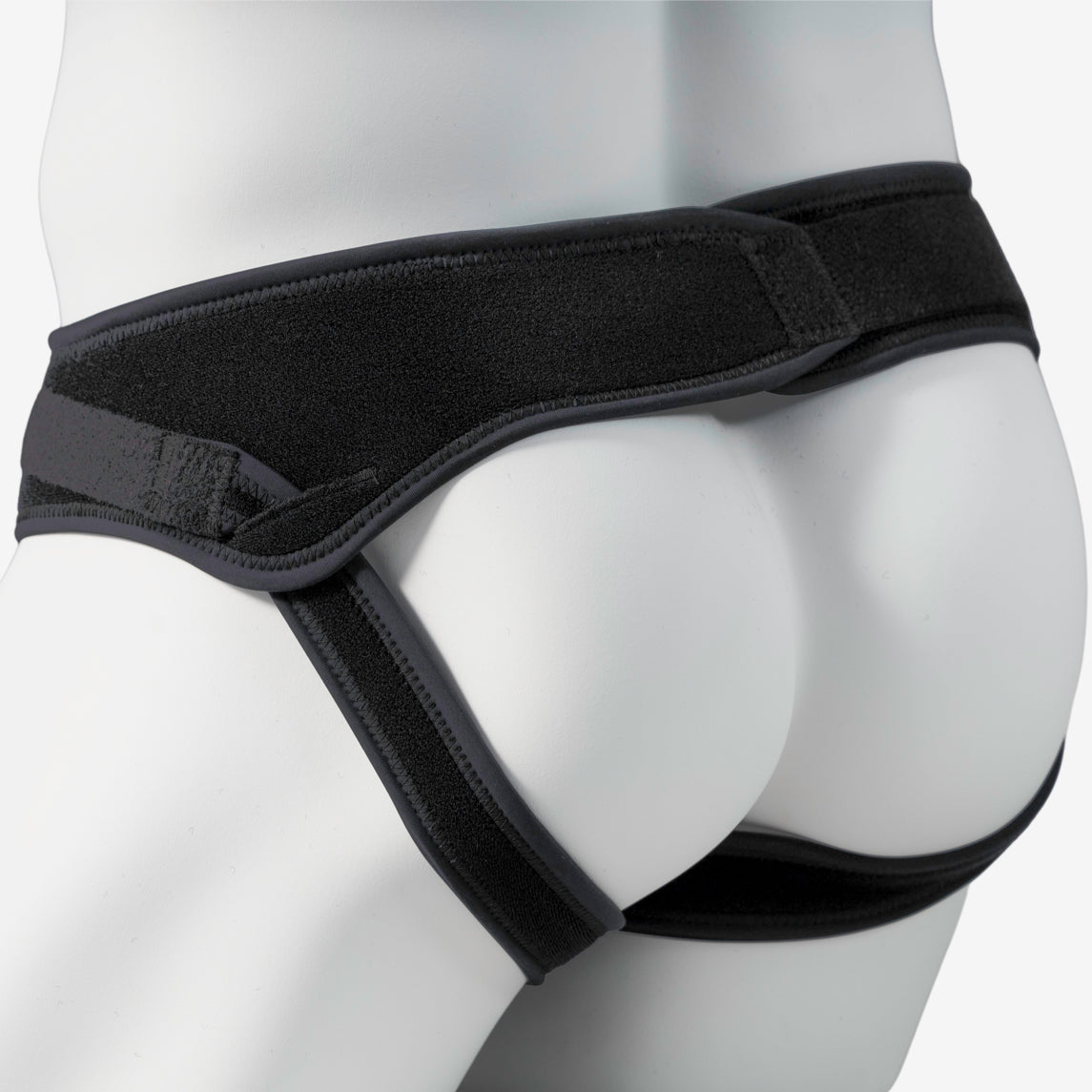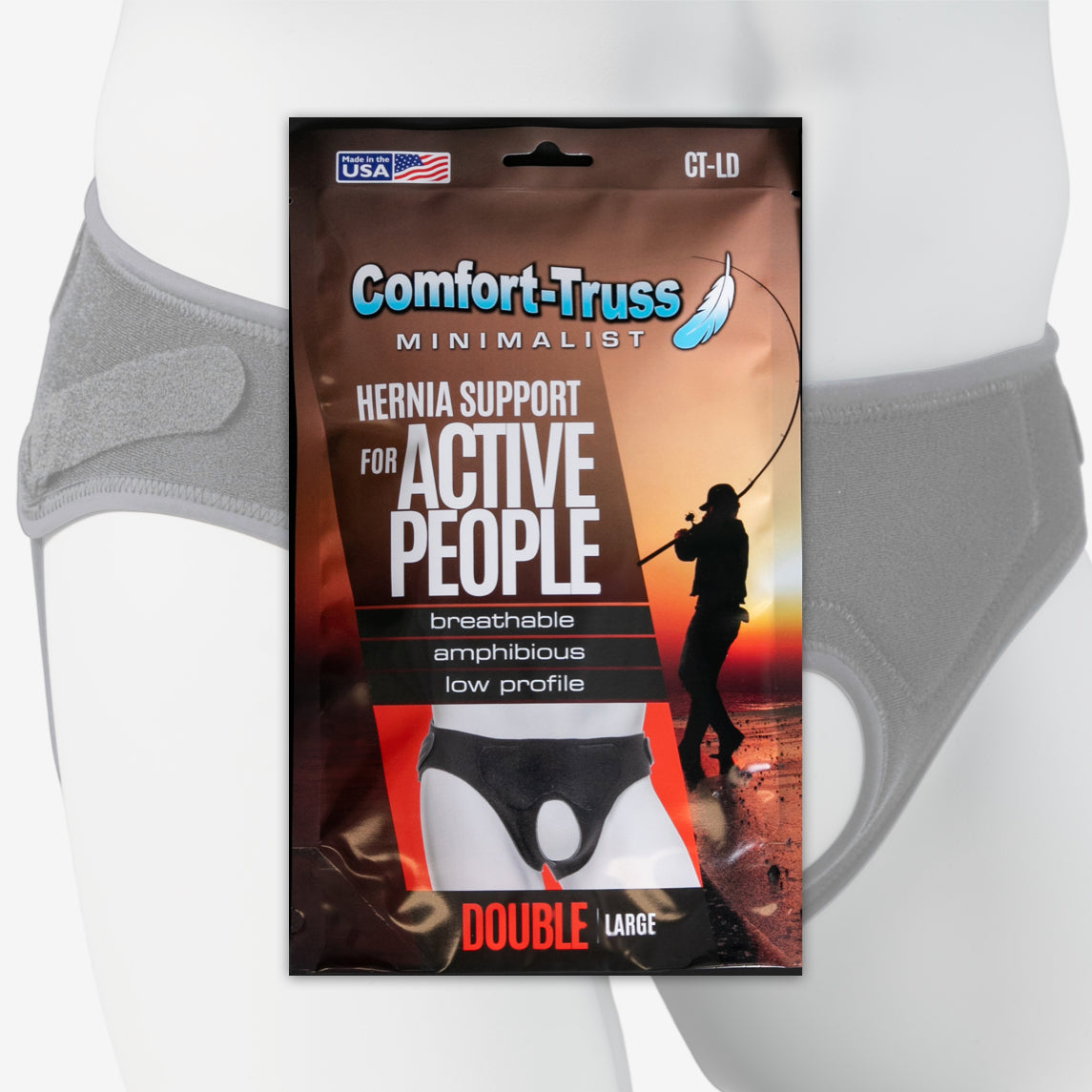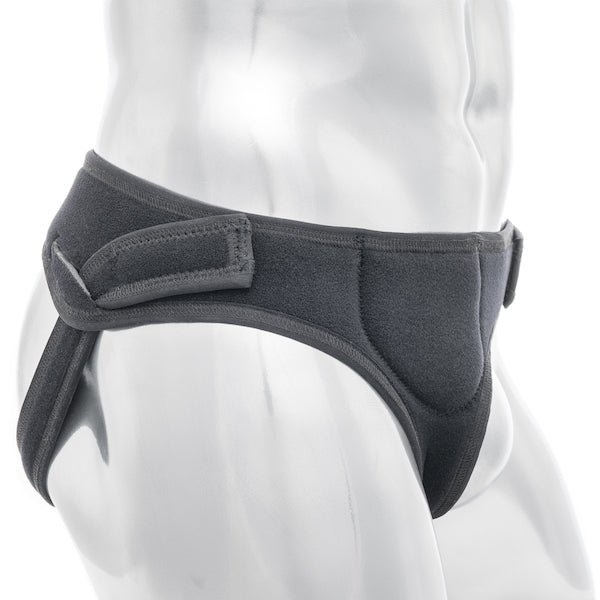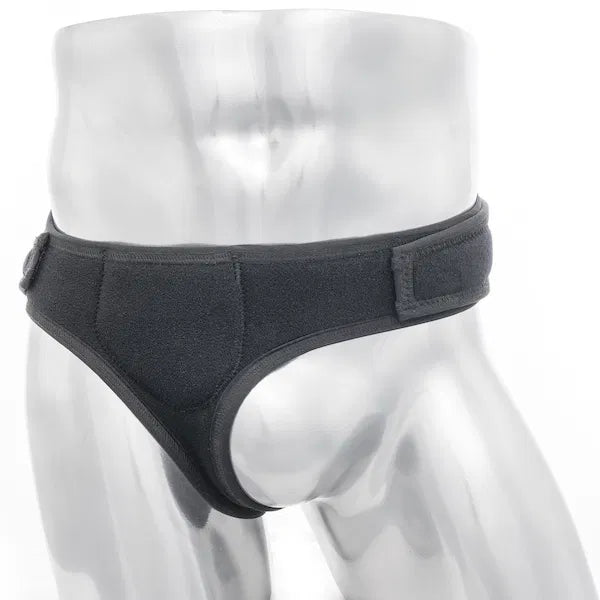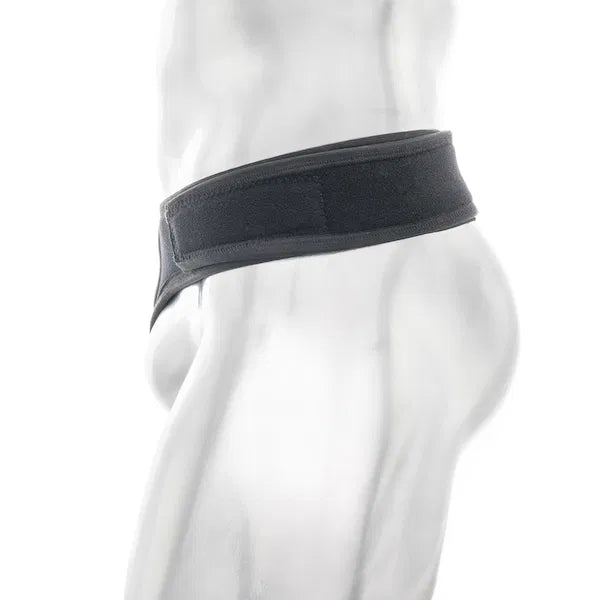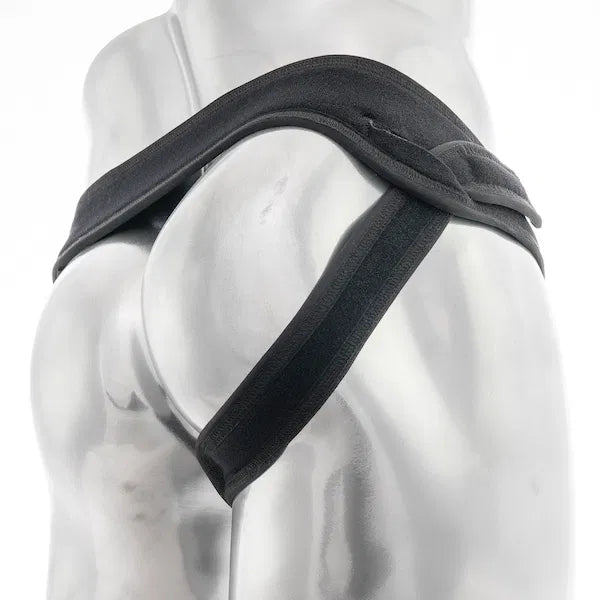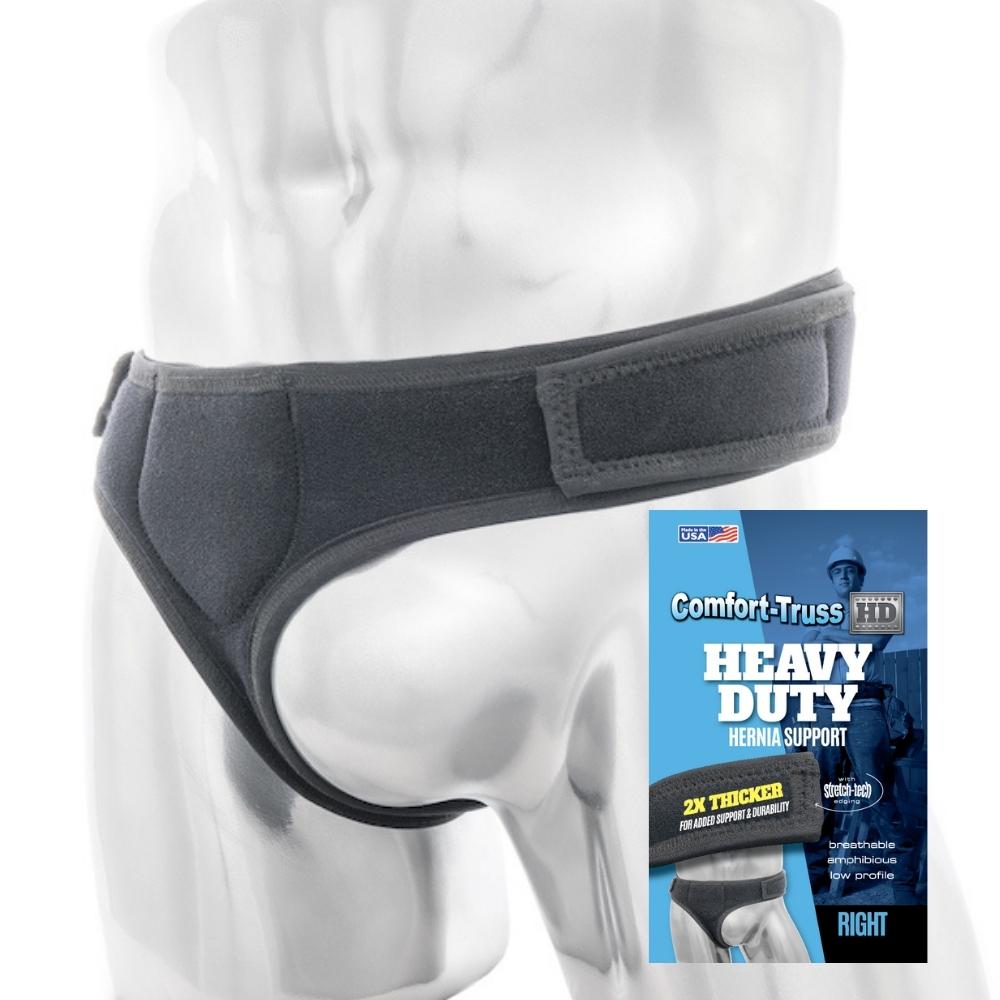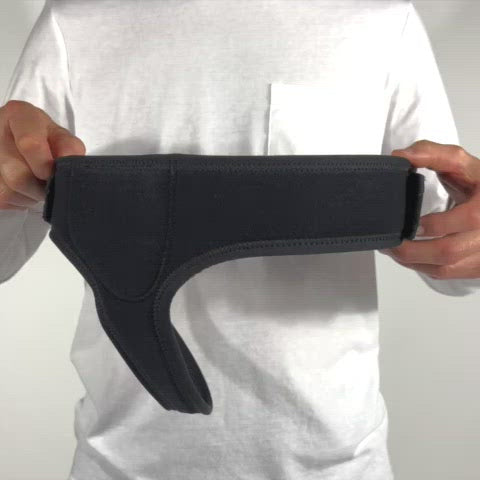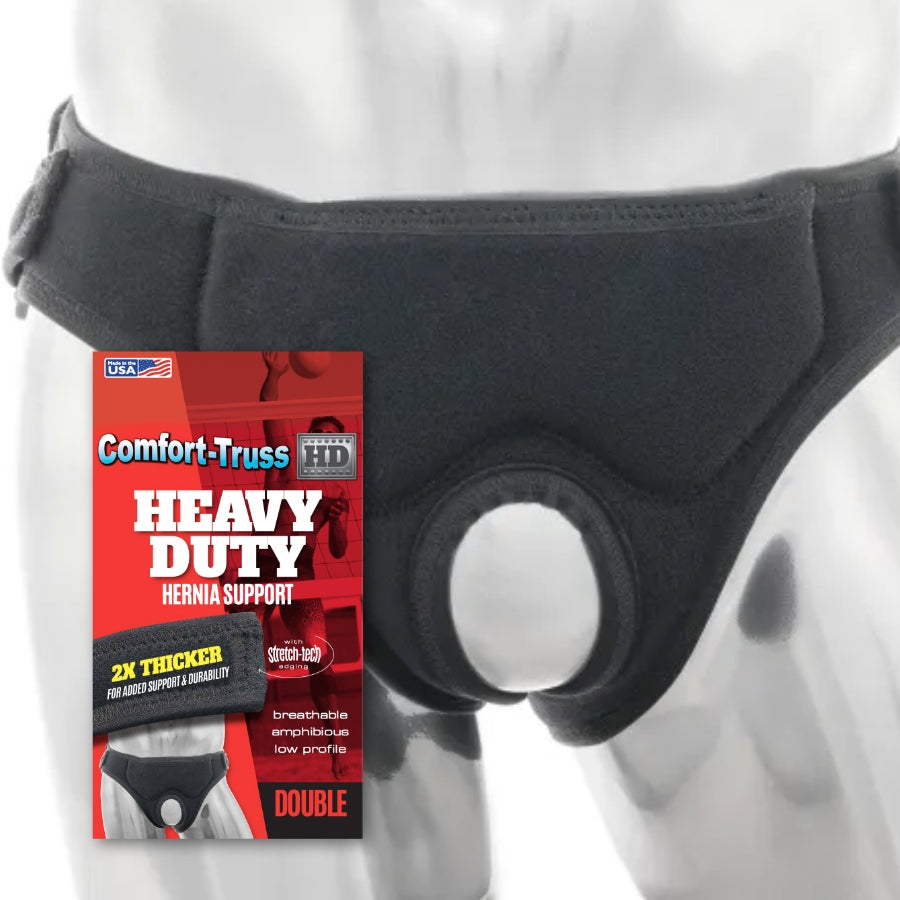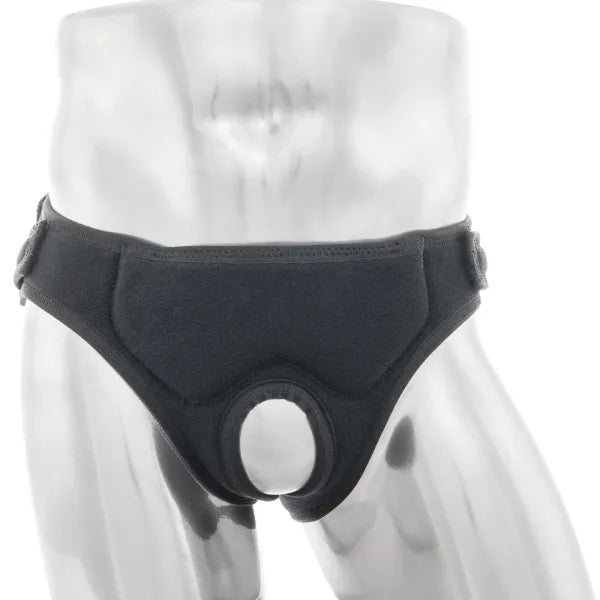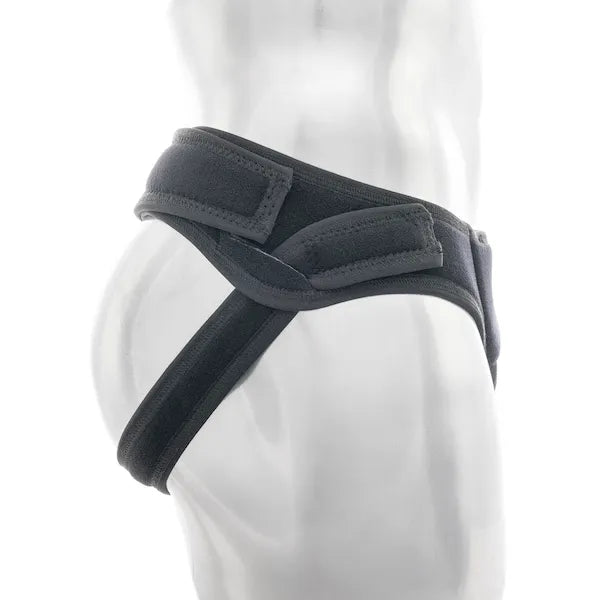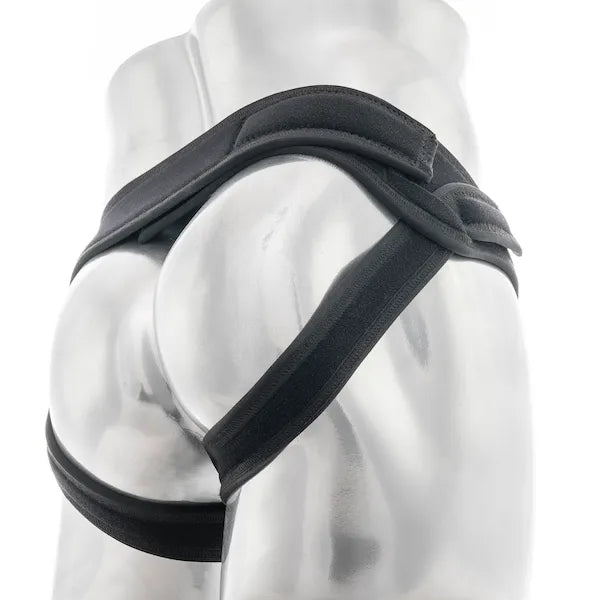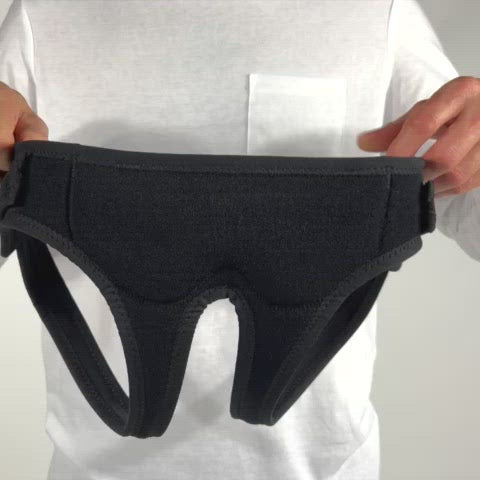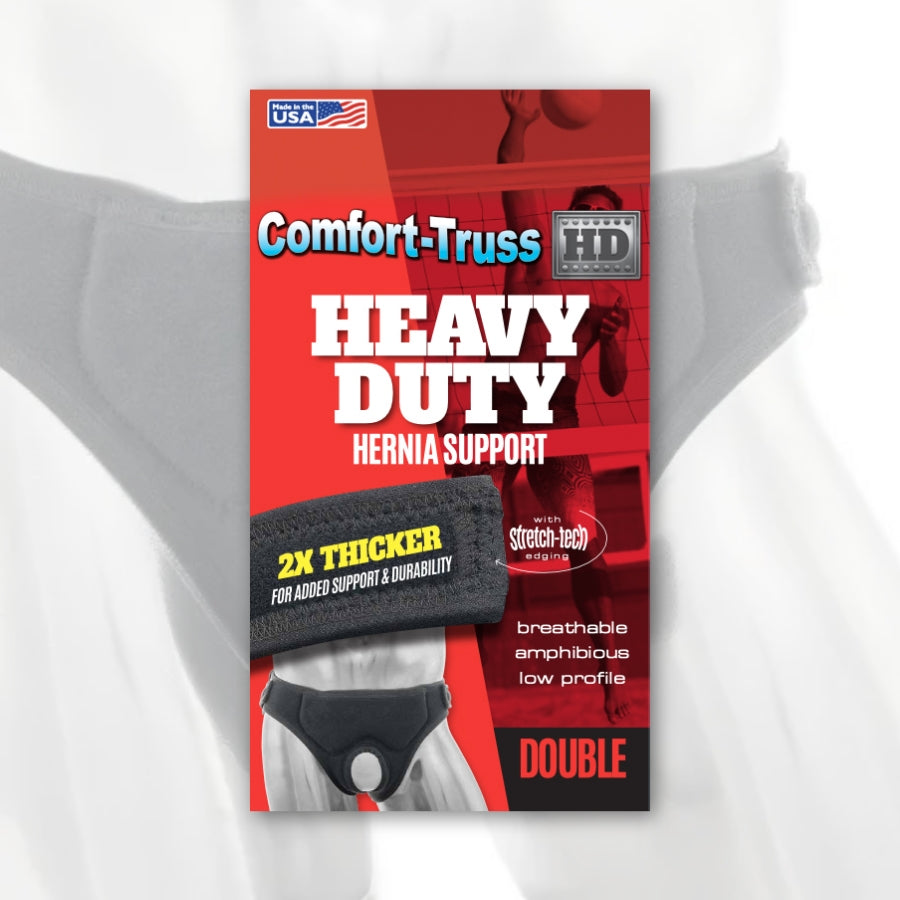Everyone Tells Me To Quit


The pressure to slow down
At 51, I decided to start racing dirt bikes. Not for trophies or bragging rights. For the challenge.
If you have been following along, you know how this started. In my last race update, I went head-on into a tree, got a concussion, and still finished 14th. This time, I set a goal to break into the top ten.
Chasing progress, not perfection
I had made a few more tweaks to the suspension, and the bike felt better than before, though still not perfect. Each race has been a test, trying to get the setup right. I finally found a good flow and was pacing behind a guy who ended up finishing seventh, so I know I was right where I needed to be.
Then suddenly, I went over the bars off a six-foot hill and hit the ground so hard it knocked the wind clean out of me. I could not breathe. I was sure I had broken ribs. The pain was explosive.
The voice of doubt
Lying there gasping for air, one thought hit me hard. “Maybe they are right. Maybe I am too old for this.”
That is what everyone says. My friends. My family. Even my wife, who is trying to be supportive but is scared out of her mind every time I line up on that start gate. I can see it in her face before each race. She doesn't say much, just a quiet “Please don't crash again,” and I can hear the fear behind it.
And I get it. I really do. But here is the thing. I cannot sit on the couch and slowly die just to make everyone else comfortable.
According to Harvard Health, consistent physical challenge does far more than build muscle. It strengthens your brain, improves your mood, and keeps your entire system alive. That is exactly what I am chasing when I line up on that start gate.
I would rather die trying to accomplish something hard as hell than rot away doing nothing.
I am not chasing trophies or pretending I am twenty-five again. I am chasing progress. The kind that only comes from throwing yourself into something that can chew you up and spit you out.
Getting back up
As I finally got my breath back, that old voice came in again. “Get up.”
So I did.
I got back on the bike. Every bump sent a shot of pain through my ribs, but quitting was not an option. I could have pulled off after finishing the second lap. But with one still to go and pain stabbing with every bump, I pictured getting back to the camper and seeing “DNF” next to my name. I knew I would rather finish dead last than not finish at all.
I had another 25 minutes of riding and pain to push through to make it to a 27th place finish.
What the pain teaches

After I got back and cleaned up, I sat in the camper, beaten, bruised, and sore. It reminded me of my hernia recovery journey.
Everyone told me I was crazy for trying to heal naturally. “Just get the surgery.” “Stop wasting your time.”
But I did not listen then, and I am not listening now.
Because the truth is, pain is not a signal to stop. It is a teacher. There is more to learn, and more growth that needs to happen. The bike, the body, the mind, it is all part of learning who you really are.
The American Psychological Association describes resilience as the process of adapting well in the face of adversity. That is what this entire experience is about. Learning to adapt, not avoid.
So maybe I am too old. Maybe I crash too much. Maybe my wife is right to be scared.
But I am not done living. And if that means taking a few more hits to keep feeling alive, I will take that deal every time.
If I never hit the ground, I will never learn what I need to do to improve. Every impact is feedback. Every scar is proof that I am still in the fight.
Why this matters
This experience reminded me why I started Comfort-Truss in the first place. It was never about creating a quick fix for hernias. It was about helping people stay active, stay strong, and stay engaged with life even when others tell them to slow down.
Comfort-Truss was built for people who are not ready to quit. People who choose progress over comfort. People who know that sometimes the hardest hits lead to the greatest growth, and if that growth involves a surgical procedure, then so be it, but one way or the other, Comfort-Truss is here to help you reach your goals.
So, whether it is a race, a recovery, or anything else that challenges you, remember this. The pain is temporary. The lesson stays forever.
If you want to know what keeps me supported through every race, check out the Comfort-Truss Minimalist Hernia Belt. It is the one I wear every time I ride.
It is not about racing. It is about refusing to quit.
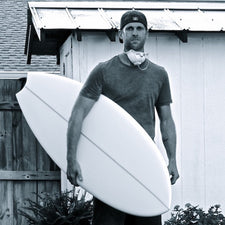
George Hirst
George Hirst is the creator of the Comfort-Truss hernia belt and the voice behind its blog. As an athlete determined to continue living an active life without surgery, and frustrated by the lack of comfortable, functional options after his own hernia diagnosis, he developed a solution that could keep up with an active lifestyle. His writing draws on deep personal experience, insights from a large community of hernia sufferers, and a commitment to helping others manage their condition without giving up the activities they love.




